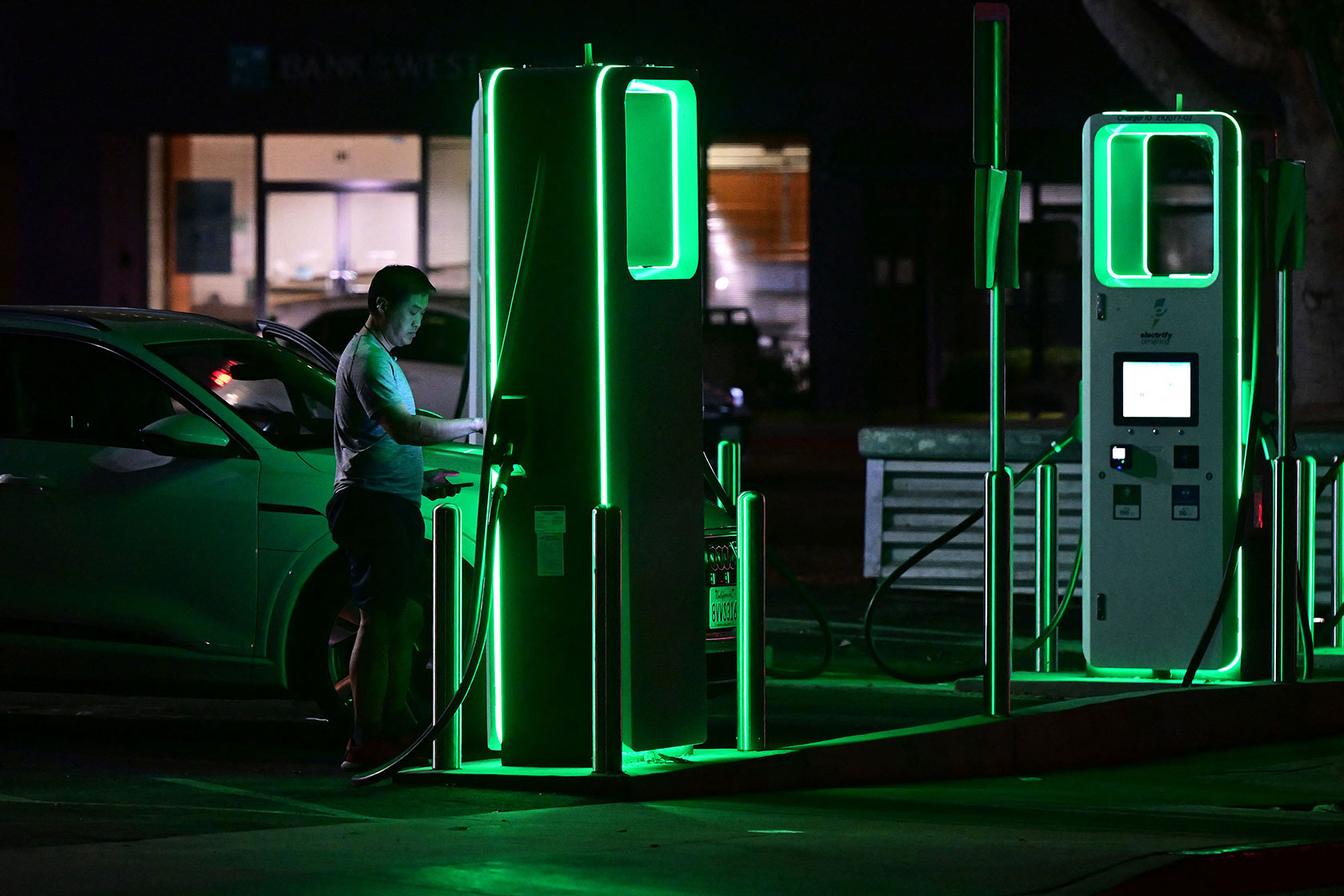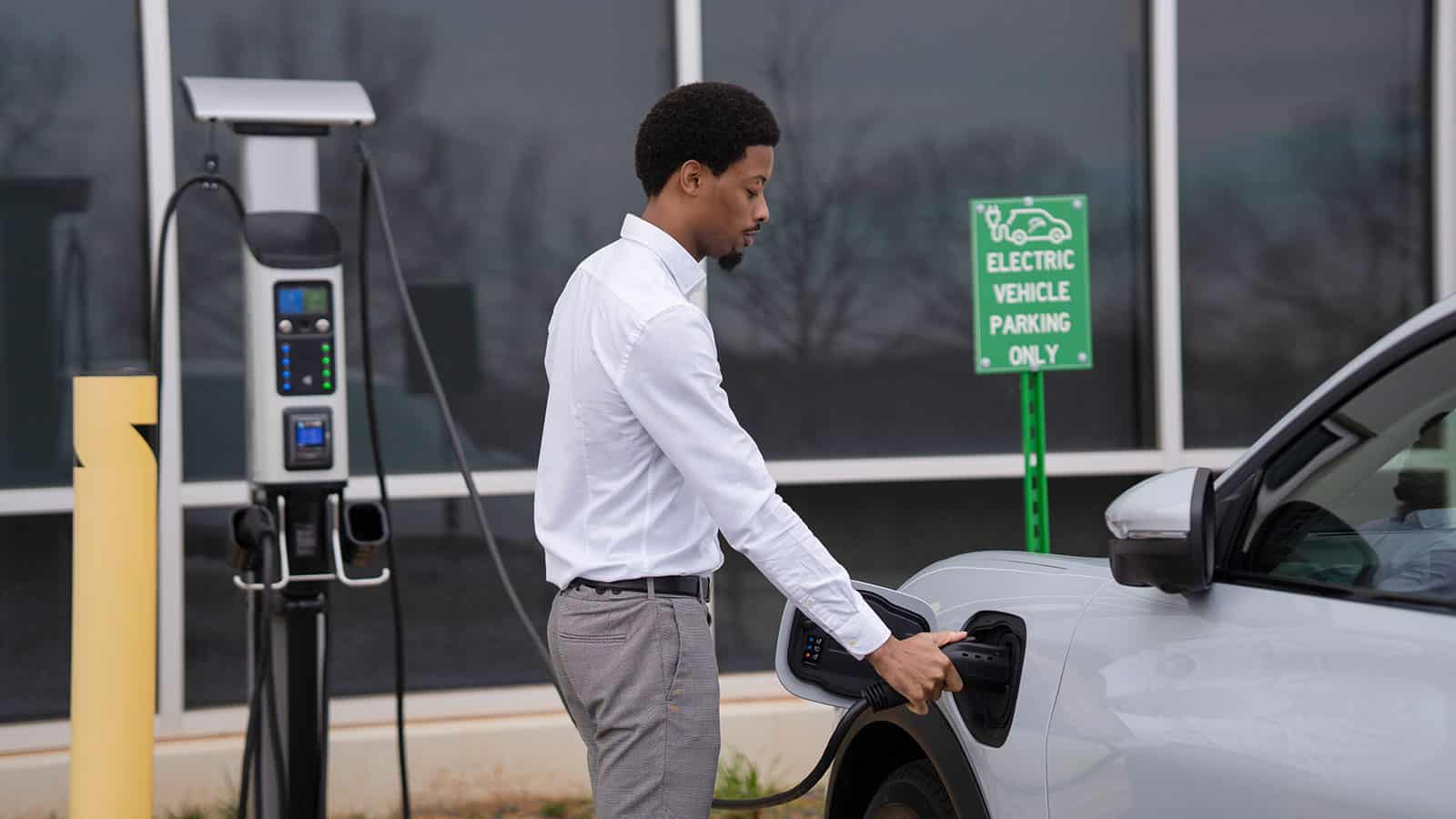What’s Driving the Growth of EV Infrastructure? Buy EV Charging news for Key Updates
What’s Driving the Growth of EV Infrastructure? Buy EV Charging news for Key Updates
Blog Article
Top EV Charging News: Secret Updates on Framework and Innovation

Recent Innovations in Fast-Charging Technology

Moreover, developments in battery modern technology, including enhanced thermal monitoring systems and higher energy thickness batteries, complement fast-charging abilities. These growths mitigate the danger of battery destruction during fast charging, making certain longevity and performance for EV proprietors.
In addition, the integration of clever charging options is boosting individual experience, making it possible for real-time monitoring and dynamic prices models. EV Charging news. This versatility permits drivers to optimize billing times and costs based upon grid demand
As automakers proceed to purchase fast-charging networks, the collaboration in between sector stakeholders is essential. Collaborations in between billing station companies and automotive suppliers are leading the way for considerable coverage, eventually cultivating an extra robust EV community. These developments are essential in sustaining the change to lasting transport.
Government Efforts for Charging Growth
Government efforts play an essential duty in the expansion of electrical vehicle (EV) charging infrastructure, facilitating the change to sustainable transportation. Numerous government and state programs are being applied to boost charging ease of access, reduce the economic worry on customers, and promote the fostering of electrical cars.
Notably, the united state government has assigned substantial funding through the Framework Investment and Jobs Act, which earmarks $7.5 billion for EV billing network advancement across the country. This funding is targeted at deploying thousands of brand-new charging terminals, especially in underserved areas, thereby resolving variety anxiety amongst prospective EV buyers.
In addition, various states are establishing regulations to streamline the allowing process for billing station installments, which is critical for increasing release. Rewards such as tax debts and refunds for both consumers and services are also being presented to encourage the installation of billing infrastructure.
In addition, public-private partnerships are significantly becoming an emphasis, leveraging private financial investment to complement government funding. These campaigns highlight a joint method crucial for building a efficient and detailed EV billing network, eventually adding to a greener and even more sustainable future.
Ingenious Battery Solutions Enhancing Performance
Changing the landscape of electric car (EV) modern technology, ingenious battery options are considerably boosting efficiency and efficiency. Breakthroughs in battery chemistry, particularly with lithium-sulfur and solid-state batteries, are causing increased energy density, which permits longer varieties and faster charging times. These brand-new battery kinds have the possible to surpass standard lithium-ion batteries by offering greater abilities while decreasing weight, consequently improving general automobile efficiency.
Furthermore, developments in battery administration systems go to these guys (BMS) are maximizing power usage and prolonging battery lifespan. Intelligent algorithms keep an eye on battery wellness and efficiency, making it possible for real-time modifications to charging and discharging processes. This not just boosts the effectiveness of the battery however also ensures an extra lasting and dependable power source for EVs.
Furthermore, the assimilation of reusing technologies is addressing the ecological effect of battery production and disposal. Technologies in second-life applications for EV batteries are promoting their use in power storage systems, contributing to a round economic climate.
As these innovative battery remedies remain to evolve, they assure to transform the EV market, making electrical cars more obtainable and enticing to a more comprehensive audience while sustaining global sustainability objectives.

Cooperation In Between Automakers and Billing Networks
Identifying the critical need for a robust billing infrastructure, car manufacturers are increasingly collaborating with billing network providers to enhance the EV possession experience (EV Charging news). These collaborations intend to produce a seamless charging community that benefits customers and sustains the shift to electric cars
Major automotive brand names are signing up with pressures with well established charging networks to expand their charging terminal protection, making sure motorists have access to reputable and practical charging alternatives. Collaborations with networks like ChargePoint and Electrify America enable automakers to incorporate billing options directly right into their cars' navigating systems, assisting users to the nearby stations and giving real-time accessibility updates.
In addition, these partnerships often cause the development of fast-charging modern technologies that substantially lower the time required to charge an EV. By merging resources and proficiency, car manufacturers and charging networks can innovate much faster, creating remedies that meet the growing need for electric movement.
Furthermore, joint campaigns might also result in more standardized billing methods, which can minimize consumer confusion and advertise wider EV fostering. Overall, these tactical alliances are critical in constructing a user-friendly and efficient charging framework that meets the requirements of an increasing electrical vehicle market.
Challenges Dealing With EV Billing Framework
As the electrical vehicle market continues to grow, a number of difficulties are emerging that prevent the growth of a comprehensive charging infrastructure. One of the primary obstacles is the insufficient number of charging stations, particularly in rural and underserved urban areas. This gap produces variety stress and anxiety among prospective EV purchasers, hindering them from making the button.
In addition, the absence visit the site of standardization in billing modern technology makes complex the facilities landscape. Variations in plug types and charging speeds can develop complication for customers and boost functional complexities for charging network operators. The assimilation of billing stations into existing electric grids presents considerable obstacles. Lots of regions face ability restrictions, needing substantial financial investments in grid upgrades to suit enhanced demand.
One more pressing concern is the high expense associated with the installment and upkeep of charging terminals, which can be a barrier for both exclusive organizations and public entities. Lastly, regulatory hurdles and zoning constraints can delay the release of charging facilities, hindering progression in expanding crucial solutions. Resolving these challenges will be critical for see here now fostering a durable EV ecological community that supports the shift to sustainable transport.
Conclusion
In conclusion, the continuous improvements in EV billing modern technology, sustained by significant government efforts and ingenious battery options, are critical for the expansion and efficiency of electric vehicle facilities. Cooperations in between car manufacturers and billing companies additionally improve station protection, resolving the expanding need for obtainable billing alternatives. Regardless of difficulties that continue within the EV charging landscape, these developments represent a positive trajectory towards a more lasting and reliable electric vehicle ecological community.
Developments in charging infrastructure have actually led to the advancement of ultra-fast chargers qualified of supplying up to 350 kW of power, substantially minimizing charging times. Variations in plug types and billing rates can create complication for customers and enhance operational intricacies for charging network drivers.In verdict, the recurring improvements in EV charging innovation, supported by significant federal government efforts and innovative battery options, are vital for the growth and performance of electrical car facilities. Collaborations in between automakers and billing companies further boost station insurance coverage, dealing with the expanding demand for obtainable charging alternatives. In spite of obstacles that persist within the EV billing landscape, these advancements represent a favorable trajectory towards a much more reliable and sustainable electrical lorry ecological community.
Report this page